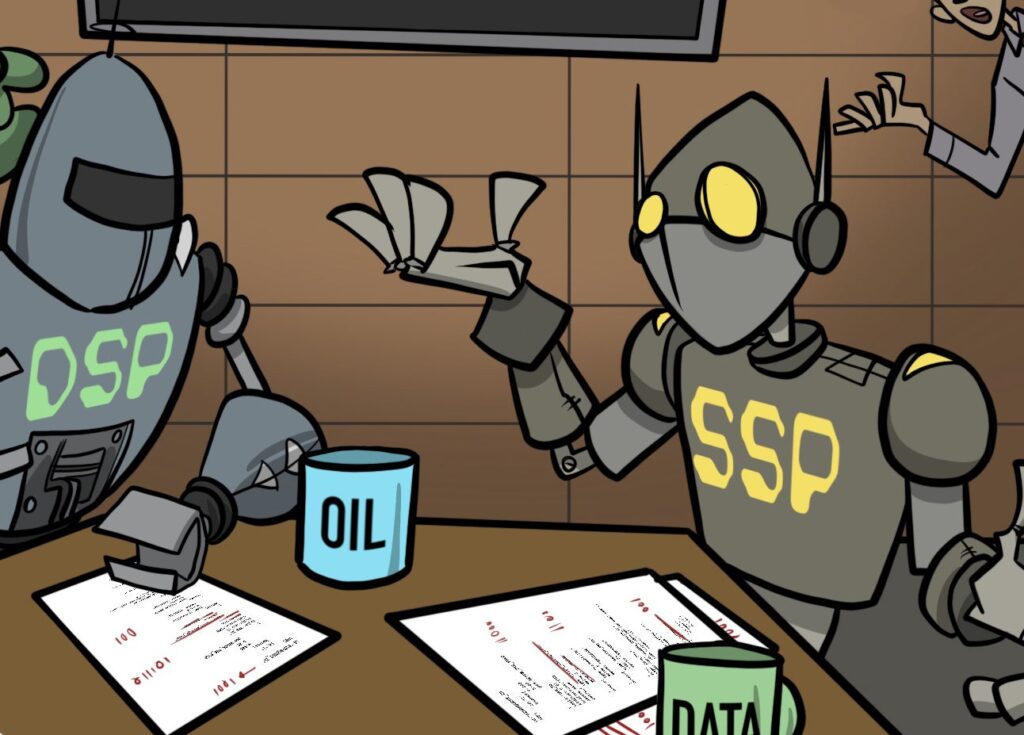It’s a great time to be in online marketing. Spending is booming, old and new firms are innovating, and just about everyone is making money. But despite the good vibes and rosy analyst projections, the CPA and affiliate industry faces significant risk.
The danger is not entirely obvious. It would seem that, for advertisers, there is an oversupply of cheap inventory. After all, remnant inventory is inexpensive – “unsold” inventory often sells for CPMs well below $1.00. Moreover, the explosive growth of social networks including MySpace and Facebook has flooded the market with a huge surplus of even cheaper inventory. For now, this is true. But irrespective of appearances, the cold reality is that direct marketers must prepare for a day when the brand marketers begin to buy their remnant inventory and the prices go up to the point that they’re out of reach.
This is not a distant possibility – it is something that can happen at any time. The direct marketing industry essentially lives on a fault line where at any moment, if the brand advertisers savvy up, the cost of remnant inventory could increase significantly to the point that it’s no longer affordable for the direct marketers to buy.
If and when this happens, the DR industry will be in serious trouble. Unable to buy media, many firms will cut back or even close. One small tremor could shake the land whole.
Some will argue that there is no chance that this will happen any time soon. They will point out that the industry is too entrenched in its traditional buying processes to start buying remnant advertising.
But let’s step back and ask ourselves:
Why is it that the top traditional interactive agencies do not buy remnant inventory?
Why do they overpay for media?
There are a few possible causes for the inefficient model:
- Lower perceived quality of inventory
- Ad serving is a profit center for agencies and they do not want media CPMs to compare to ad serving costs
- Poor payment terms with advertising clients
None of these reasons seem significant enough to stop the transition. Clients will demand evolution or they will spend their money with those that adapt.
The key for direct marketers is to begin planning immediately for the rise in remnant rates. Instead of buying cheap inventory, direct response marketers will want to publish cheap content and facilitate user-generated content. This is easier said than done – but we’re already seeing this with companies like Blue Lithium launching MingleNow.
There are no easy answers on how direct marketers will survive the inevitable earthquake. But now is the time to start putting together your contingency plan.
About the Author
Noah Robinson is the CEO of Audience Marketplace (www.audiencemp.com) — the world’s first transparent, self-service behavioral advertising exchange. Audience Marketplace enables Fortune 500 advertisers and small business owners to advertise broadly across the top 250 web properties, on a pay-for-performance basis. Noah is also a Contributing Editor to Behavioral Marketing Daily (www.behavioral.us).



